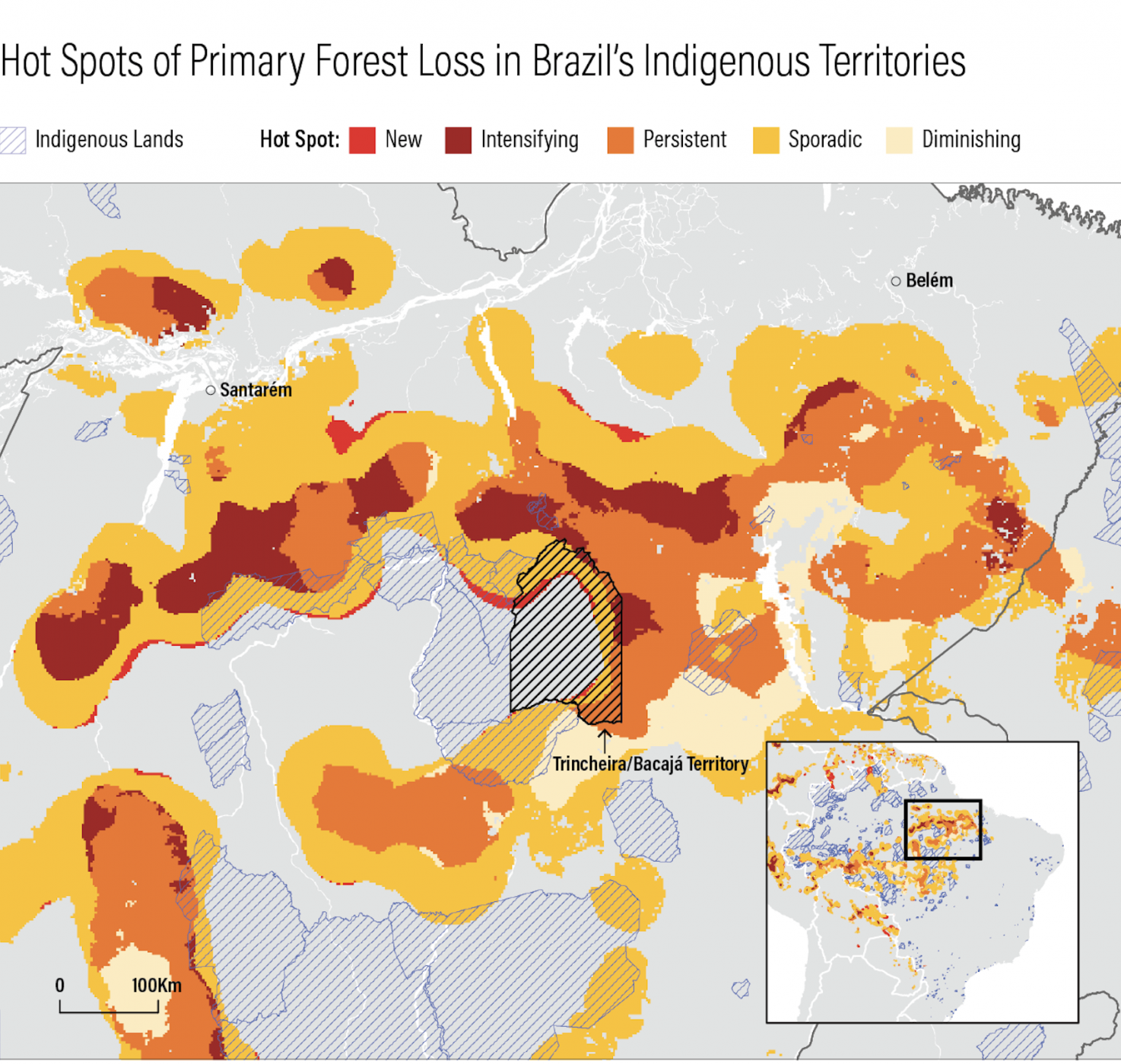Football-pitch size patch of rainforest lost every six seconds in 2019
The total loss of tropical rainforest was 11.9m hectares, an area roughly three times the size of Switzerland
Your support helps us to tell the story
From reproductive rights to climate change to Big Tech, The Independent is on the ground when the story is developing. Whether it's investigating the financials of Elon Musk's pro-Trump PAC or producing our latest documentary, 'The A Word', which shines a light on the American women fighting for reproductive rights, we know how important it is to parse out the facts from the messaging.
At such a critical moment in US history, we need reporters on the ground. Your donation allows us to keep sending journalists to speak to both sides of the story.
The Independent is trusted by Americans across the entire political spectrum. And unlike many other quality news outlets, we choose not to lock Americans out of our reporting and analysis with paywalls. We believe quality journalism should be available to everyone, paid for by those who can afford it.
Your support makes all the difference.A football pitch-size patch of tropical rainforest was lost every six seconds in 2019, according to new analysis of satellite data.
This amounted to 11.9m hectares of tree cover last year, an area roughly three times the size of Switzerland. Almost a third of losses were in humid, tropical primary - or old-growth - forests, areas of mature rainforest particularly important for biodiversity and carbon storage.
The amount of forest loss increased by 2.8% on 2018 despite efforts to tackle deforestation.
The carbon dioxide emissions associated with last year's forest loss are equivalent to the annual emissions of 400m cars, according to researchers. The data was compiled by the University of Maryland and released today on Global Forest Watch.
Away from the tropics, Australia had its worst year on record for tree loss in 2019 with a six-fold increase due to widespread wildfires. The researchers believe that the true losses have not yet been fully documented as burning that continued into 2020 was not captured in the data.
Brazil lost 1.36m hectares of forest. Other than in 2016 and 2017, when fires decimated the country's rainforests, last year was the worst in 13 years, primarily due to deforestation for agriculture and land use in the Amazon.
Analyses found troubling new hot spots of loss within indigenous territories in the state of Pará. In the Trincheira/Bacajá indigenous territory, illegal land-grabbing led to accelerated deforestation. Mining also endangered forests in the Munduruku and Kayapó territories.
Brazil’s government has proposed new legislation that would allow commercial mining and oil and gas extraction within indigenous territories.
In neighbouring Bolivia, fires had a devastating impact last year. The country lost 290,000 hectares of forest in widespread blazes caused both by climate conditions and people clearing agricultural land. Some of the fires which were set raged out of control due to dry and windy conditions. Bolivia's forest loss was more than 80% greater than the next-highest year on record.

The Democratic Republic of the Congo (DRC) lost 475,00 hectares of forest, a slight decrease from 2018 but still the third-highest annual loss on record. Most of the primary forest loss in the DRC was for agriculture to feel local communities but the study noted some evidence linking it to commercial logging, mining and plantations.
While Indonesia had the third largest forest loss (324,00 hectares) there were signs of hope. Primary forest loss in Indonesia decreased by 5% in 2019 compared to the year before, the third year in a row that it has been down. Government policies are believed to have played a role, including policing being stepped up to prevent forest fires and land clearing and a ban on clearing for oil palm plantations and logging.
The report noted that most countries will not meet their 2020 targets for protecting forests and tropical old-growth forest loss is showing no signs of slowing down. The coronavirus pandemic has only intensified the threats to forests as countries may attempt to kick-start their economies with extractive industries.

Join our commenting forum
Join thought-provoking conversations, follow other Independent readers and see their replies
Comments